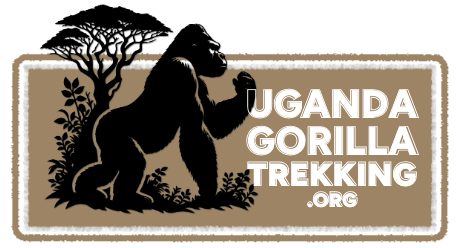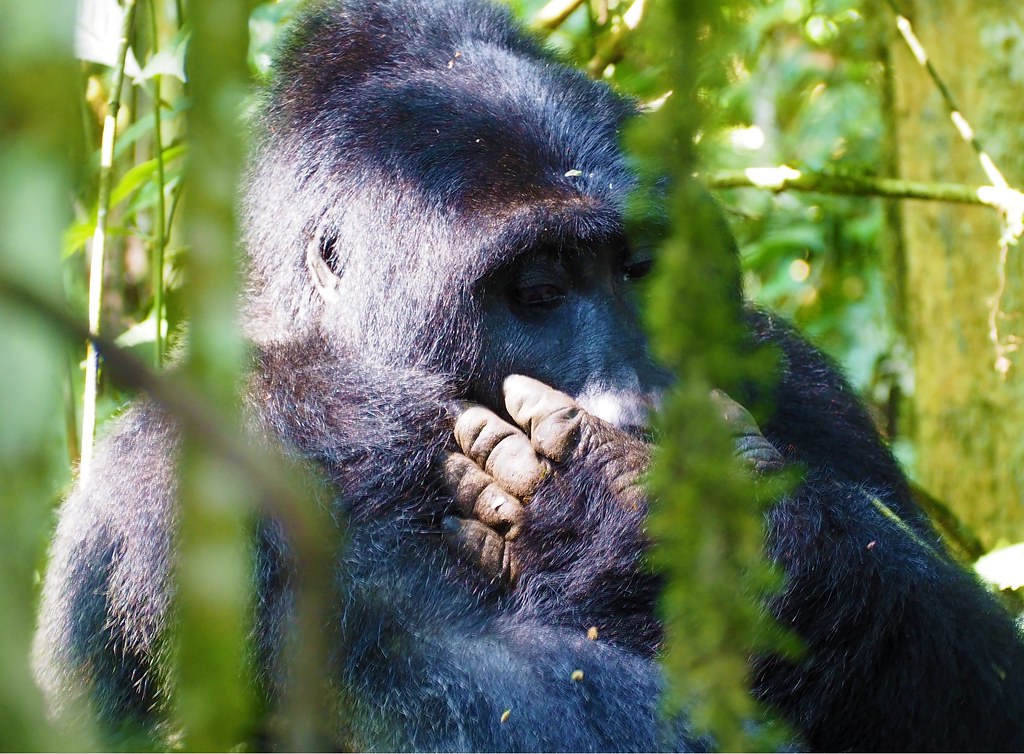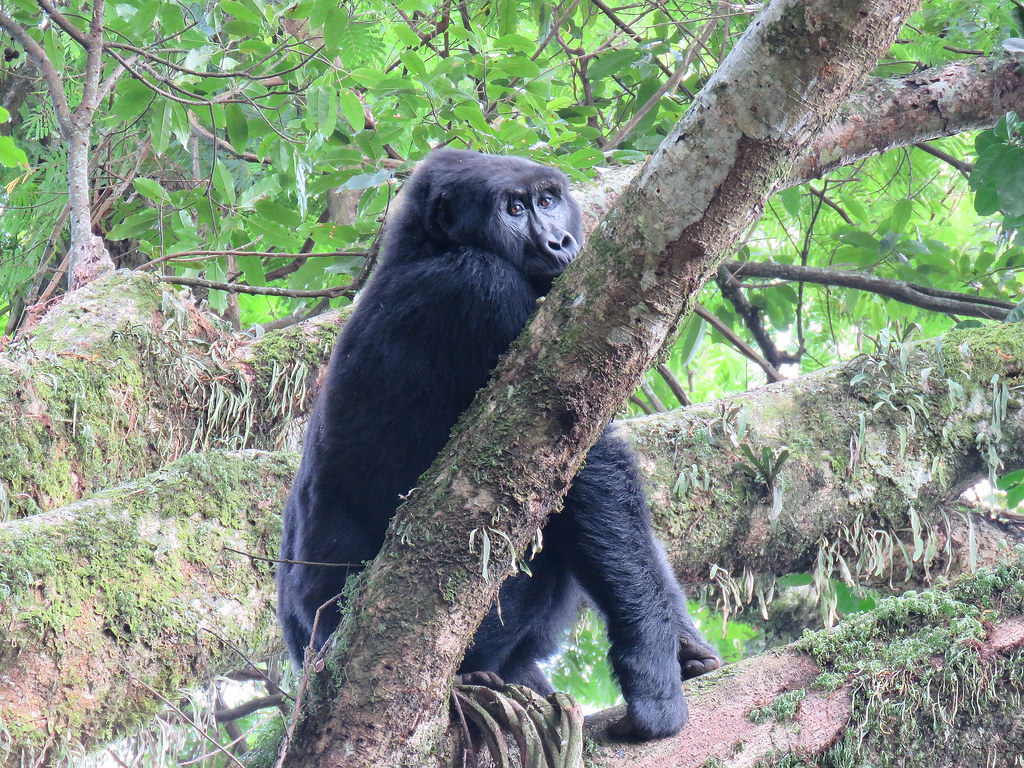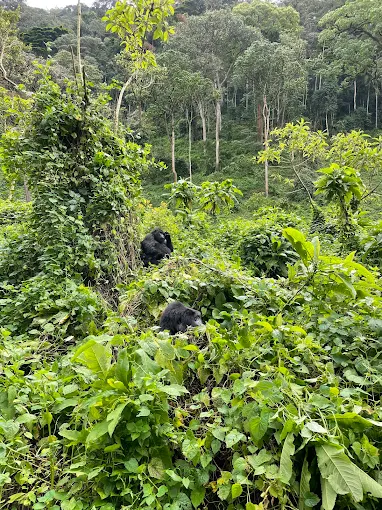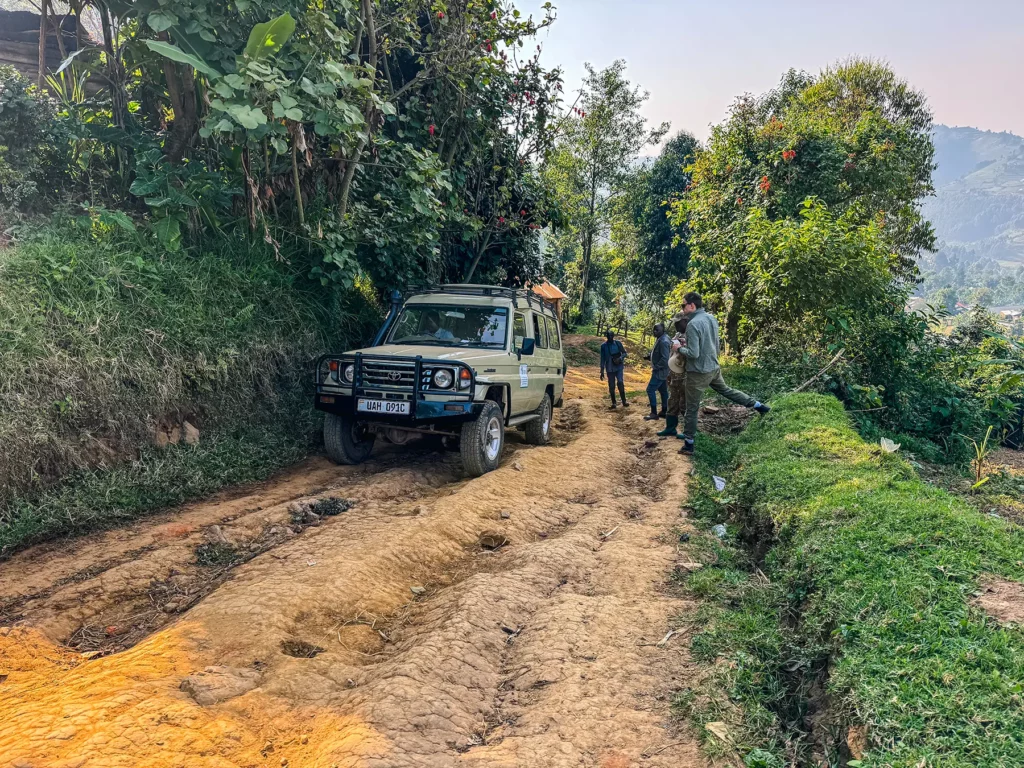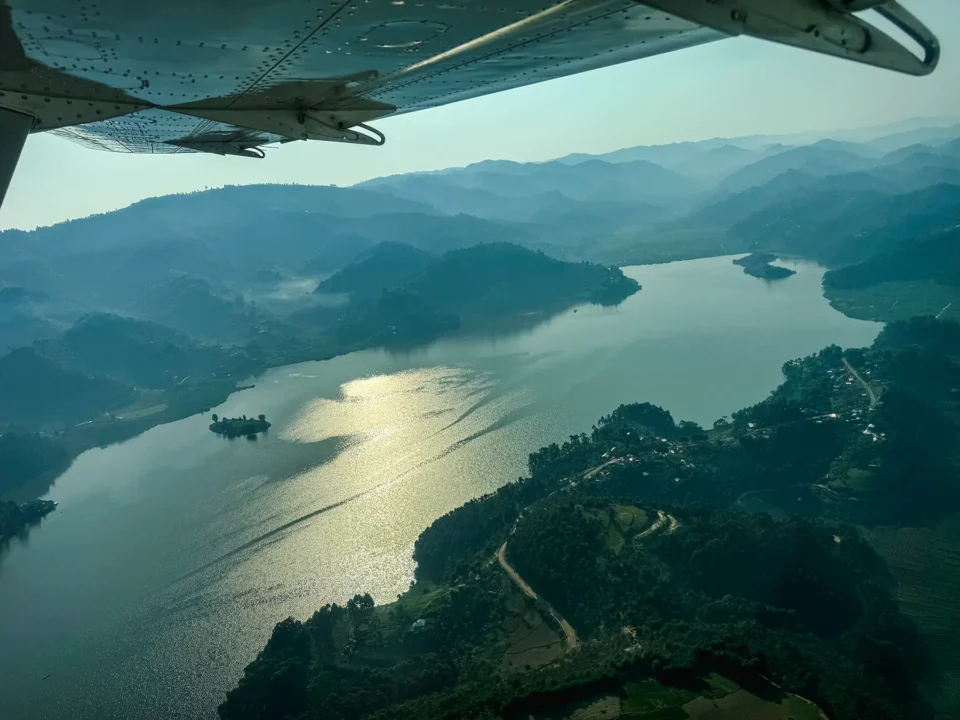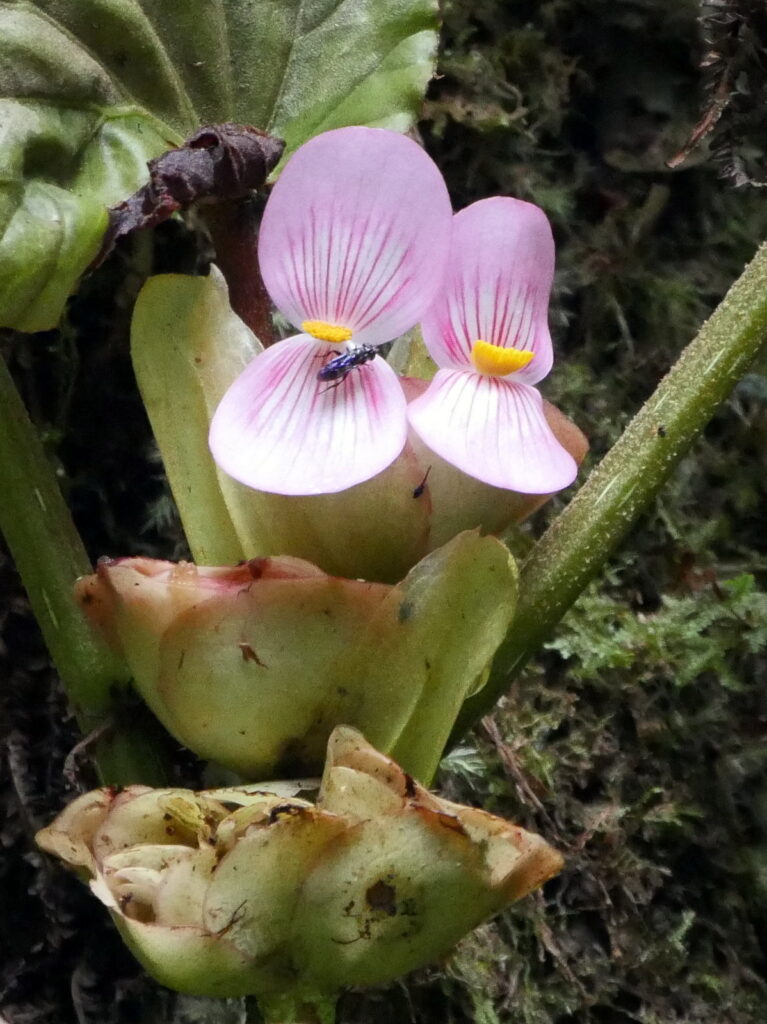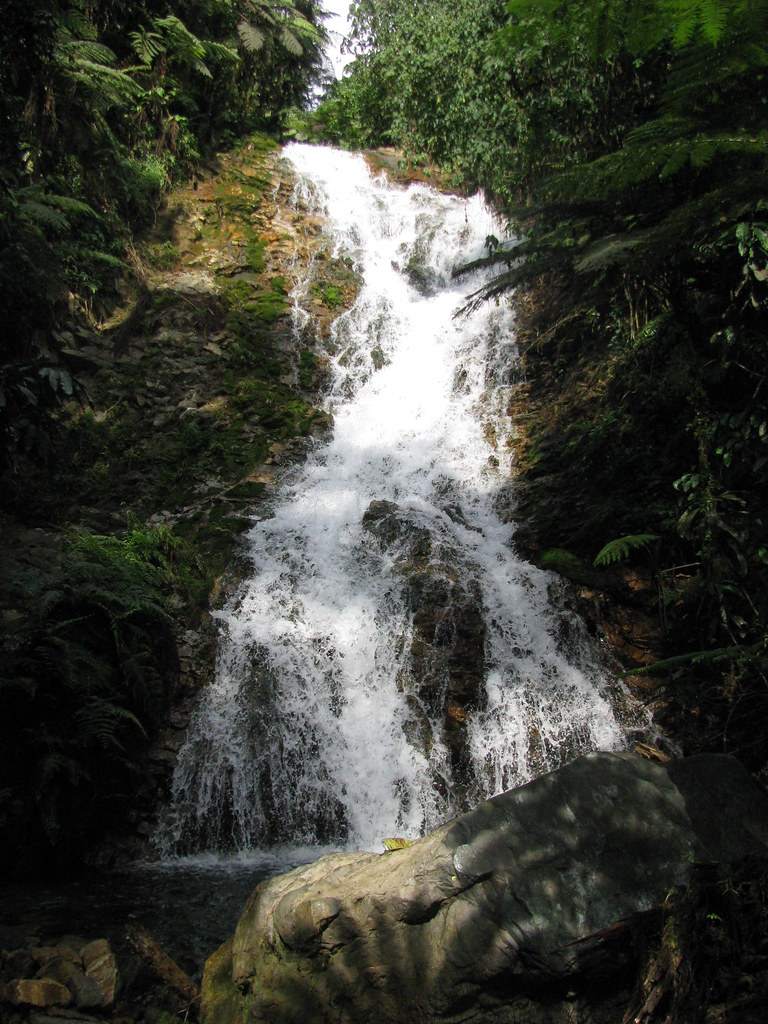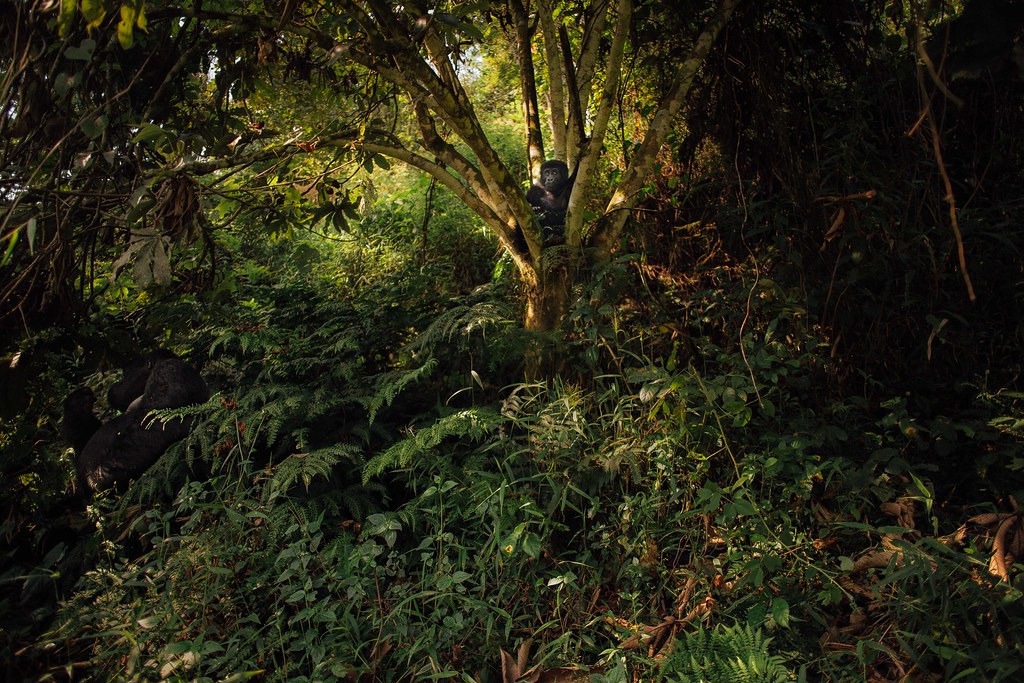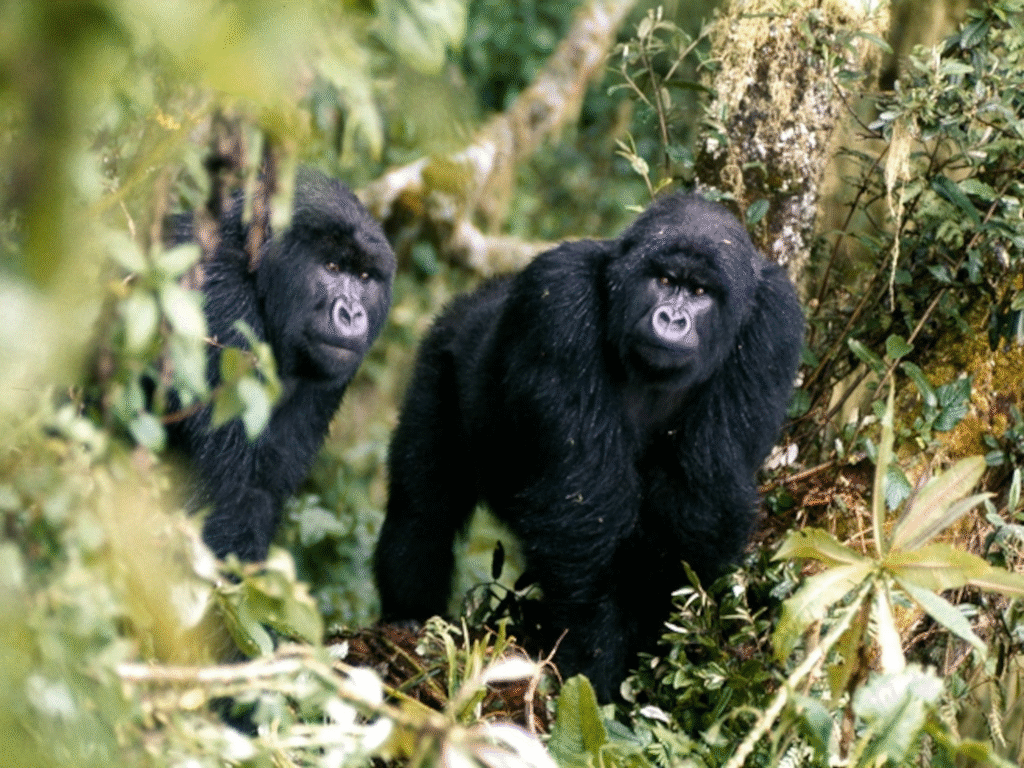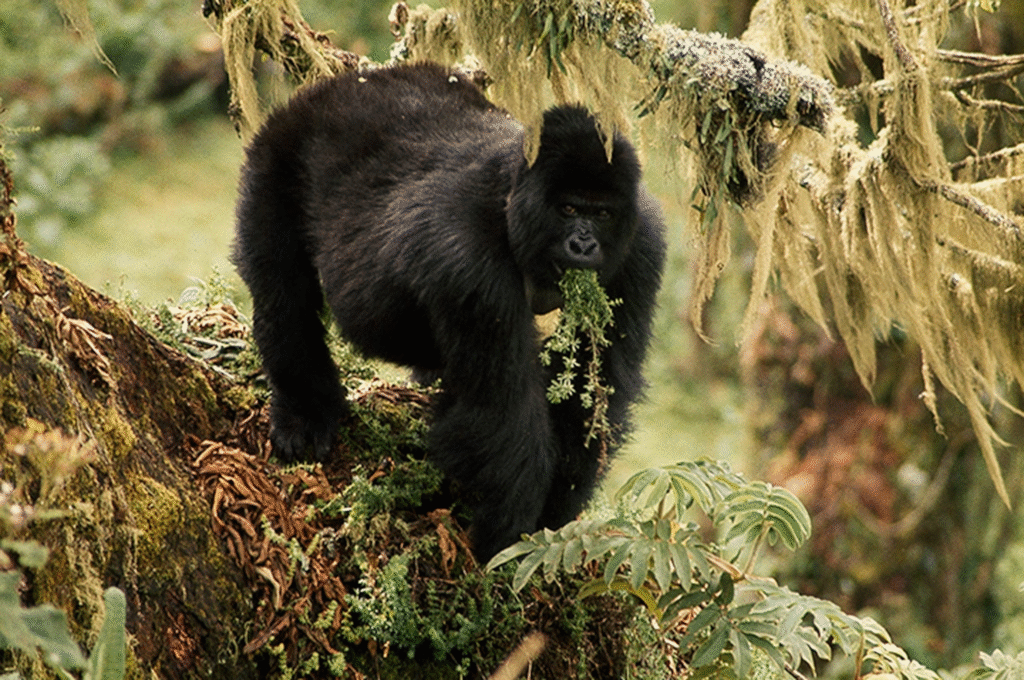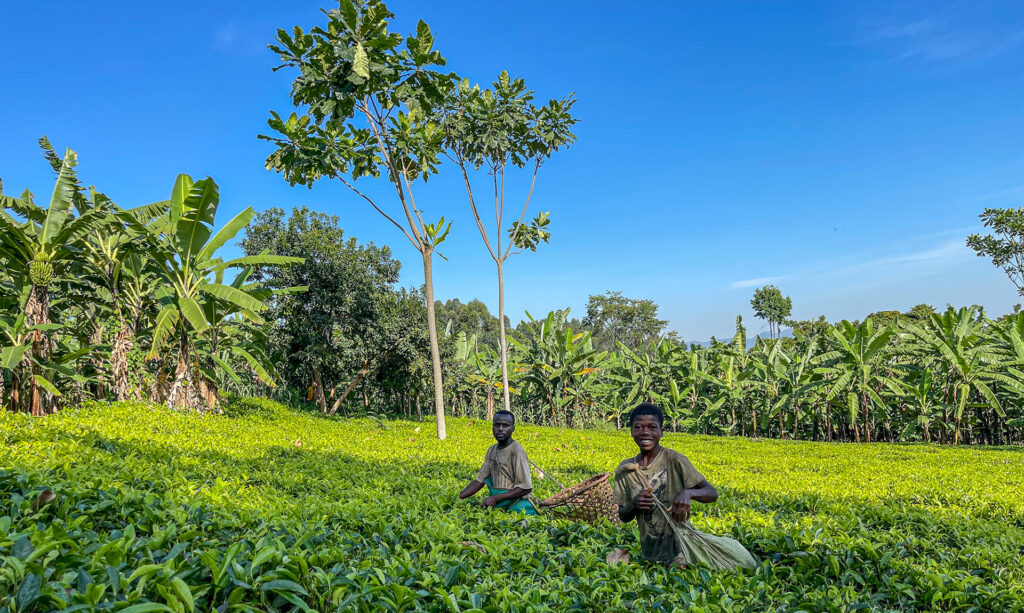Where the soul of the forest whispers in the mist
Bwindi Impenetrable National Park experiences a tropical rainforest climate, heavily influenced by its mountainous terrain and elevation, which ranges from approximately 1,160 to 2,607 meters above sea level. This elevation plays a significant role in maintaining consistently cool and wet conditions throughout the year. Unlike many other parts of Uganda that experience distinct dry and wet seasons, Bwindi receives frequent rainfall year-round, contributing to its dense vegetation and high biodiversity.
The average daytime temperatures typically range between 20°C to 25°C (68°F to 77°F), while nighttime temperatures can drop to as low as 7°C (45°F) in higher altitudes, especially in the Ruhija and Nkuringo sectors. These temperature ranges remain relatively stable across the seasons but are often accompanied by high humidity and mist.
Bwindi has two primary rainy seasons: March to May and September to November. These months bring heavier and more consistent rainfall, making trails slippery and hikes more physically demanding. The **drier months—June to August and December to February—**offer slightly more favorable trekking conditions with less rainfall, though short showers can still occur at any time.
This climate makes Bwindi a true rainforest and an all-year destination for gorilla trekking. However, visitors are advised to prepare for changing weather conditions regardless of the season. Proper trekking boots, waterproof clothing, and layered outfits are essential for comfort and safety in Bwindi’s ever-moist environment.
So lace up your boots, grab your camera, and prepare to meet the wild — this is where your gorilla trekking dreams and unforgettable safari adventures truly begin.
Truly Iconic Highlights in Uganda
Trek through Bwindi’s mystical rainforest and meet the endangered mountain gorillas in their breathtaking natural home.
Encounter mountain gorillas and golden monkeys on Mgahinga’s misty volcanic trails, where culture and alpine wildlife thrive together.
Unwind after your trek with a peaceful canoe ride across Lake Bunyonyi, Uganda’s most tranquil and scenic highland lake.
Enhance your gorilla trekking safari with an optional chimpanzee encounter in Uganda’s lush forests, adding depth and diversity to your primate adventure
Bwindi Climate – What to Expect Weather-Wise in Uganda’s Gorilla Paradise
Bwindi Impenetrable National Park, located in southwestern Uganda, is defined by a cool, misty, and moisture-rich climate that shapes both the forest ecosystem and the visitor experience. While the park is world-famous for mountain gorillas, its weather plays an equally important role in how treks unfold, how challenging the terrain feels, and how travelers should prepare. Understanding Bwindi’s climate helps set realistic expectations and ensures a more comfortable and enjoyable safari.
Unlike classic savannah safaris characterized by heat and dust, Bwindi’s high-altitude rainforest climate remains cooler and wetter throughout the year. Persistent humidity and frequent rainfall keep the forest dense, green, and alive, but they also mean muddy trails, sudden showers, and shifting temperatures. This unique climate is a major reason Bwindi supports such rich biodiversity, including endangered mountain gorillas.
Bwindi’s Climate Type Explained
Bwindi experiences a tropical highland rainforest climate, strongly influenced by its elevation, which ranges from about 1,160 to 2,607 meters above sea level. Under the Köppen climate classification, Bwindi falls within the Af (tropical rainforest) category, meaning rainfall occurs year-round with no true dry season.
Temperatures are generally moderate and stable. Daytime temperatures typically range between 20°C and 25°C (68°F to 77°F), while nights and early mornings can be much cooler, especially in higher sectors such as Ruhija and Nkuringo. In these areas, temperatures may drop to 7°C–12°C (45°F–54°F), creating chilly mornings before treks begin.
Rainfall Patterns in Bwindi
Rain is a constant presence in Bwindi, though its intensity varies throughout the year. The relatively drier periods occur from June to August and December to February, making these months the most popular for gorilla trekking. During these times, trails are generally firmer, visibility is better, and hiking conditions are more manageable, though light rain is still possible.
Heavier rainfall usually occurs between March and May and again from September to November. During these months, trekking can be more physically demanding as forest paths become muddy and slippery. However, the rainy seasons also bring advantages, including fewer visitors, richer greenery, and softer natural light that photographers often prefer. Gorilla trekking remains fully operational during these periods, and sightings remain highly reliable.
How Climate Shapes Gorilla Trekking
Gorilla trekking in Bwindi is conducted year-round, but weather conditions significantly influence the trekking experience. Rain increases trail difficulty, requiring good balance, stamina, and proper footwear. In exchange, the forest becomes deeply atmospheric, with mist drifting through ancient trees and vines, creating unforgettable encounters with gorillas in their natural habitat.
Cooler temperatures in the early morning often mean gorillas are calmer and less mobile at first, which can make viewing easier. As temperatures rise slightly during the day, gorillas become more active, feeding, grooming, and interacting within their families. Weather conditions can therefore subtly affect both trekking pace and wildlife behavior.
What Bwindi’s Climate Means for Visitors
Because Bwindi is consistently cool and humid, visitors should always be prepared for changing conditions. Layered clothing is essential, allowing trekkers to adjust as temperatures shift from cold mornings to warmer afternoons. Waterproof jackets, quick-dry clothing, and sturdy hiking boots are crucial, regardless of season.
Altitude combined with humidity can also increase fatigue, especially in higher sectors. Taking breaks, drinking plenty of water, and maintaining a steady pace are important for comfort and safety. While the climate can be demanding, it is also what gives Bwindi its mystical character and supports one of Africa’s most important conservation landscapes.
Why Bwindi’s Climate Matters
Bwindi’s climate is inseparable from its identity as a gorilla sanctuary. Constant rainfall sustains dense vegetation, provides food year-round for wildlife, and preserves the ancient rainforest structure. For visitors, understanding the climate ensures better preparation, realistic expectations, and a deeper appreciation of why Bwindi feels so wild and untouched.
Whether trekking under misty skies or walking through sun-filtered forest after rain, Bwindi’s climate enhances the sense of stepping into a timeless world where nature still reigns.
More Bwindi Information to Know.
Bwindi Impenetrable Forest is a mountainous rainforest in southwestern Uganda, home to endangered mountain gorillas. Its unique climate, rich vegetation, community tourism, and conservation efforts make it a vital and unforgettable destination.
In the Realm of Giants – Bwindi & Mgahinga in Frames.
Wander through an elegant gallery capturing Uganda’s most exclusive gorilla sanctuaries, where ancient forests cradle the last mountain gorillas in a world of mist, mystery, and majesty.
Essential Planning Tips for Visiting Uganda’s National Parks.
Get ready for the wild heart of Africa with expert travel tips on when to visit, what to pack, where to go, and how to make the most of your safari across Uganda’s breathtaking national parks.
Why Uganda for Gorilla Trekking?
Uganda is not just a destination — it's the very soul of gorilla trekking. With over half of the world’s remaining mountain gorillas calling its misty forests home, Uganda offers the rarest encounters in their most authentic setting. Here, your journey is not rushed or crowded. Instead, you’re guided by experienced rangers through pristine jungles where gorillas live as they always have — wild, free, and magnificent
From insider travel insights to unforgettable trekking guides, our blog is your trusted path into Uganda’s wild heart — connecting you with mountain gorillas, breathtaking landscapes, and the soul-stirring adventures that make this land unlike any other.
